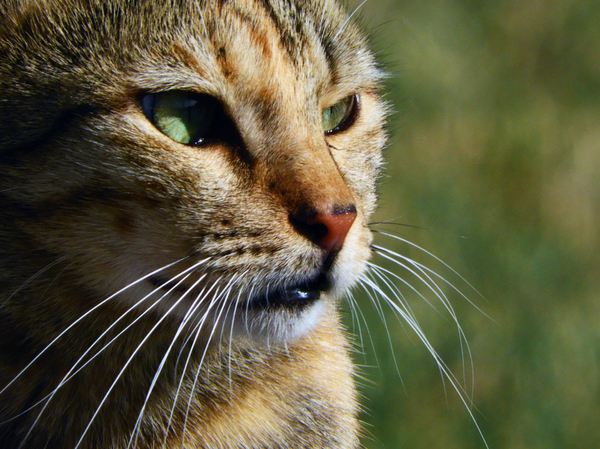Tracking Solutions: Lessening Cat Litter Mess
Tracking Solutions: Lessening Cat Litter Mess
Blog Article

Cat litter and litter boxes play an essential function in the lives of both cats and their owners. From the simple starts of sand and soil to the innovative developments of today, the world of cat litter has actually progressed significantly. In this extensive guide, we explore every element of cat litter and litter boxes, exploring their history, types, advantages, challenges, and everything in between.
The history of cat litter dates back centuries, with ancient civilizations using sand, soil, and even ashes as primitive litter materials. However, it wasn't up until the mid-20th century that contemporary cat litter as we understand it emerged. In 1947, Edward copyright presented the world's very first business cat litter made from absorbent clay, revolutionizing the way cats relieved themselves indoors. Ever since, cat litter has undergone various changes, with the introduction of clumping litter, silica gel litter, naturally degradable choices, and more.
Today, cat owners are spoiled for choice when it comes to selecting the ideal litter for their feline buddies. Standard clay litter stays popular for its price and efficiency in taking in odors. Clumping litter, which forms solid clumps when wet, simplifies cleansing and maintenance. Silica gel litter, composed of highly absorbent silica crystals, uses remarkable smell control and durability. Naturally degradable options, such as recycled paper, wood pellets, corn, and wheat, appeal to ecologically mindful customers.
Each kind of cat litter provides distinct advantages. Clay litter masters its ability to absorb wetness and control smells, making it a trusted option for numerous cat owners. Clumping litter streamlines everyday scooping and extends the time between total litter modifications. Silica gel litter provides extraordinary odor control and can last longer between replacements. Naturally degradable litters offer a sustainable option that lessens environmental effect.
While cat litter enhances indoor feline health, it is not without its difficulties. Dust from clay litter can position breathing dangers for both cats and human beings, prompting the appeal of dust-free options. Some felines may establish litter box hostility due to issues with texture, aroma, or cleanliness, necessitating experimentation with various litters and box Covered Litter Boxes setups. Multi-cat homes might require strategic litter box positioning and frequent upkeep to prevent territorial disagreements and ensure all felines have access to clean facilities.
Picking the appropriate litter box is vital for promoting positive litter box routines and overall feline wellness. Factors to think about include size, availability, and design choices. Covered litter boxes provide personal privacy and help include smells, but some felines may discover them restricting or daunting. Open-top litter boxes use easy gain access to and visibility however might result in more litter scatter. Automatic self-cleaning litter boxes simplify maintenance however need regular tracking and maintenance.
Proper litter box upkeep is important for making sure a clean and welcoming environment for both felines and their owners. Daily scooping eliminates waste without delay, reducing smell and discouraging litter box aversion. Routine litter replacement, normally every 1-2 weeks, prevents bacterial buildup and keeps optimal absorbency. Comprehensive cleansing with moderate detergent and water, avoiding severe chemicals cat litter box furniture that might deter cats from utilizing the box, must be carried out monthly.
Cat litter and litter boxes play a main role in promoting a healthy and unified relationship between cats and their human buddies. With a diverse range of litter choices and litter box designs available, cat owners have the versatility to tailor their choices to suit their felines' choices and household needs. By understanding the development, Covered Litter Boxes types, advantages, and difficulties of cat litter and litter boxes, family pet owners can supply their feline friends with a comfy and sanitary indoor environment.